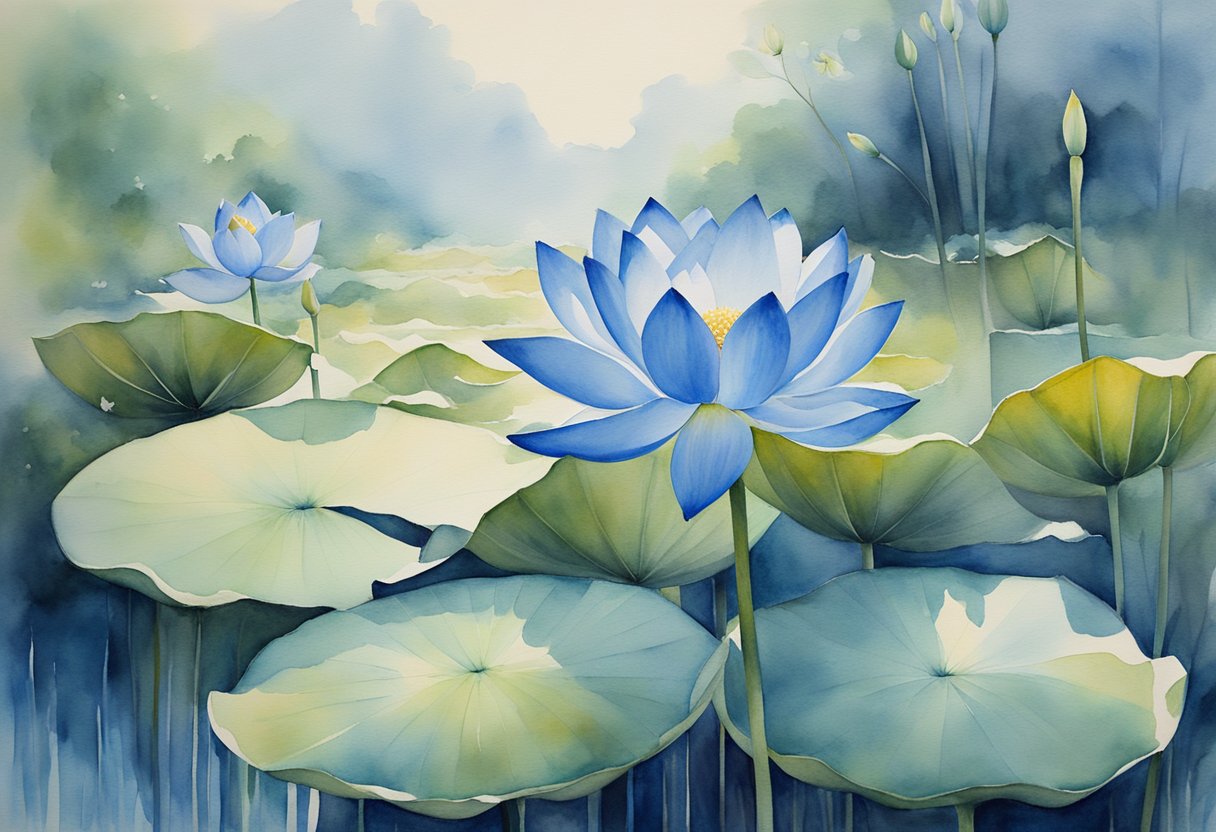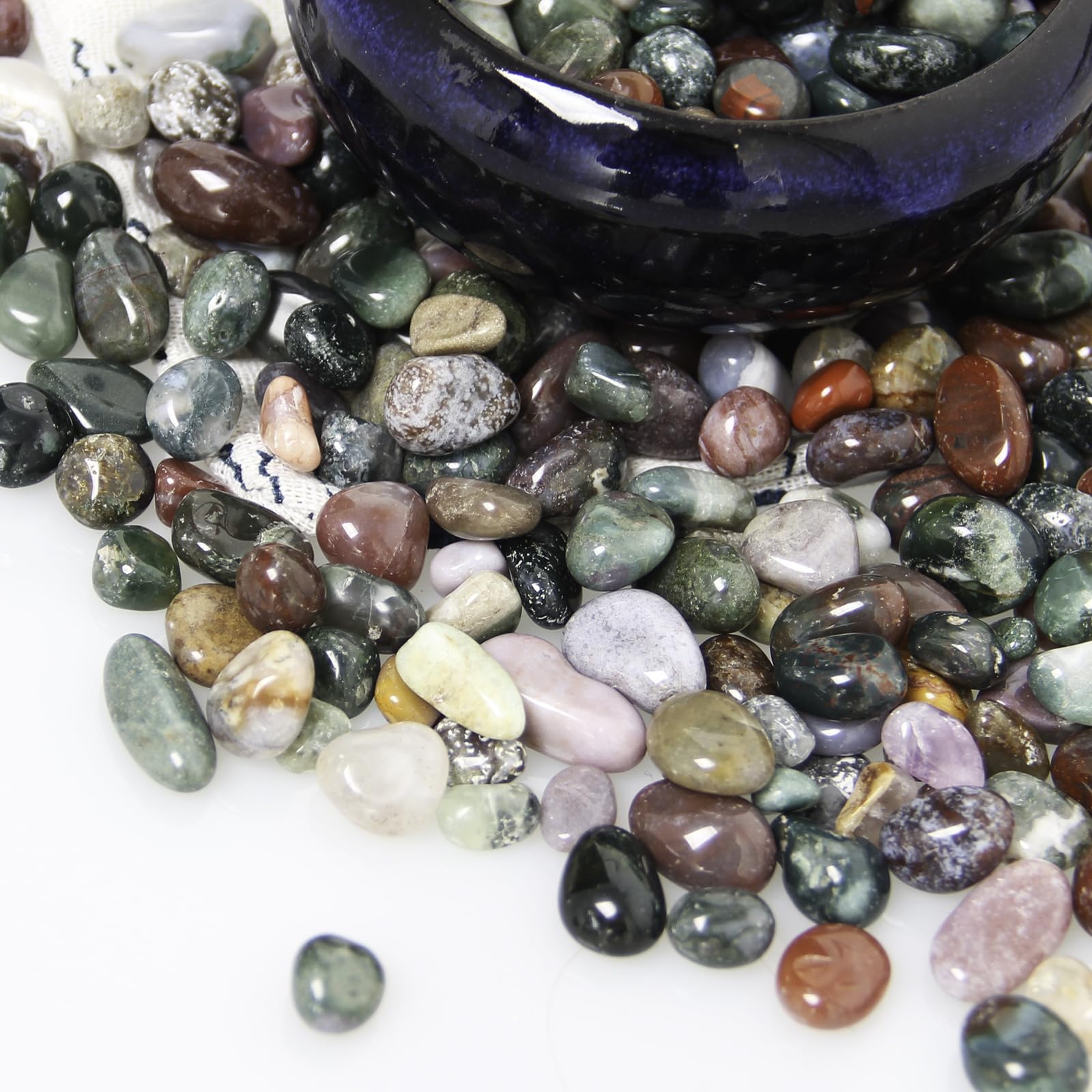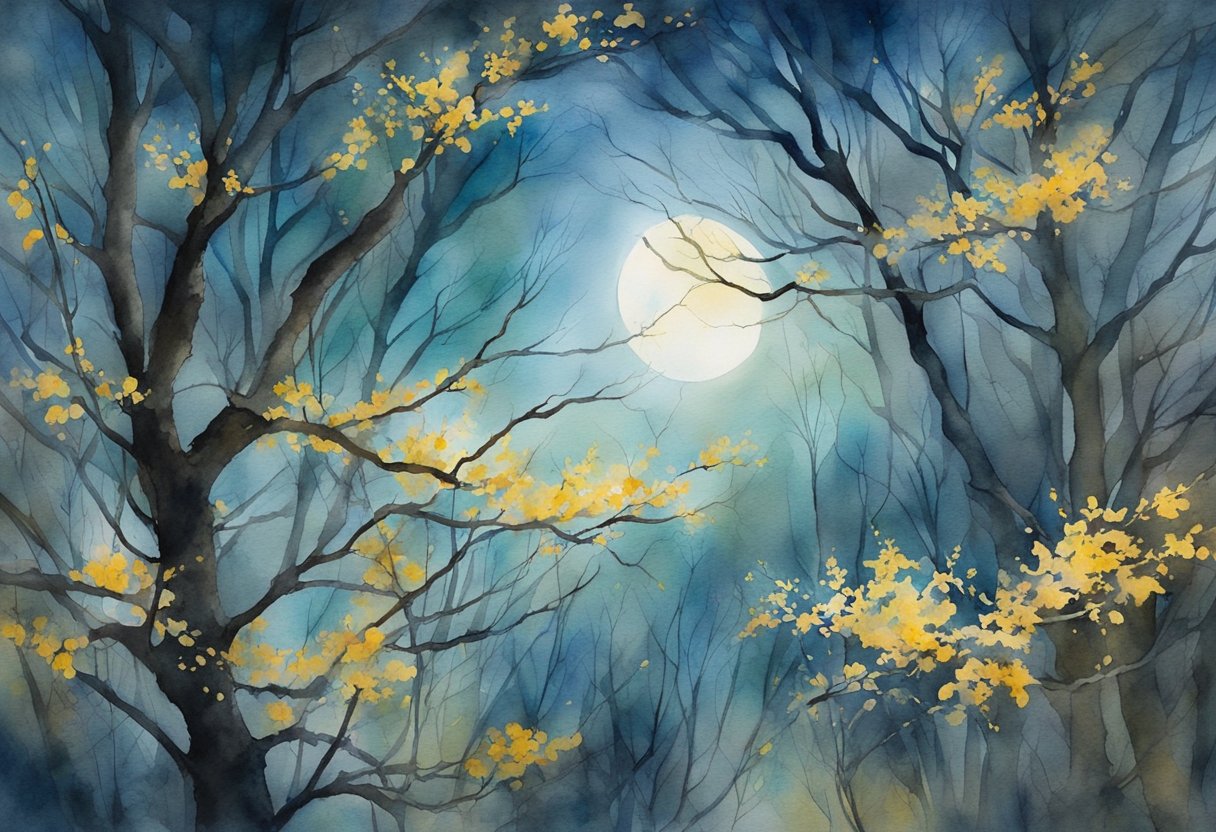
The Mystical Blue Lotus: Symbolism, Benefits & Spiritual Significance
The Blue Lotus is a symbol of spiritual awakening, bridging the conscious self with the mysteries of the universe. Learn about its historical, cultural, and therapeutic significance.
The mystique of the Blue Lotus has been commanded throughout the ages not only for its unearthly beauty but also for its religious significance. Having been considered as having magic in it, this attractive flower represents spiritual awakening and bridges between the conscious self and the innermost mysteries of the universe. This plant thrives in serene water gardens; hence, the Blue Lotus truly captivates the attention of scholars and spiritual seekers with its rich symbolism and therapeutic qualities.
Key Takeaways:
- The Blue Lotus is an ageless spiritual symbol across cultures.
- It thus has therapeutic properties to allow for body-mind harmony.
- Its influence in art and history reflects the deep impact on human consciousness.
Historical and Cultural Significance

The Blue Lotus, which has wonder-inspiring anatomy in itself, is also an exceptionally important sacred symbol of spiritual purity and rebirth in Ancient Egypt. Being closely associated with the sun god Ra, it epitomized the resurrection of the sun each day, as well as the soul's journey toward enlightenment. The pharaohs believed that the flower may open a divine gateway for them, and artists immortalized it in tombs and temples, linking it to life's eternal cycles.
Apart from Egypt, the Blue Lotus finds its deep meaning in other cultures too, such as Greek and Buddhist traditions, which signify enlightenment and spiritual transformation. Its symbolism has endured and thus made it an emblem of spiritual growth worldwide.
Botanical Characteristics and Cultivation

The Blue Lotus requires a degree of patience and care to grow. It flourishes in warm, stagnant waters-70°F to 80°F-and demands rich, loamy soil to spread its wings. Delicate as it is, the frozen glaciers must keep it at bay. Star-shaped blue flowers, floating leaves, and tall stems mark its identity, symbolizing the connecting thread between the mundane and spirit worlds.
Therapeutic Uses and Benefits

The Blue Lotus has calm, restorative effects and an aroma that is used in aromatherapy for promoting relaxation, reducing stress, and aiding in sleep. It is applied in herbal remedies, generally against anxiety, insomnia, and even as a natural aphrodisiac, because of its sedative properties. Whether it is by brewing it into a tea or using it in oils, the remedy embodies a holistic approach toward emotional and physical well-being.
Psychological and Spiritual Effects

The Blue Lotus provokes introspection and raises spiritual awareness. Calming the mind, it induces lucid dreams and deeper meditation. The plant's alkaloids, like nuciferine and apomorphine, provide feelings of euphoria and serenity that enhance such a journey toward inner peace and self-discovery.
Modern and Ritual Use

The power of the Blue Lotus extends into today's spiritual life. It is used in modern rituals for relaxing, promoting clarity, and connecting one with divinity. Whether in infusions or tinctures, it remains an important ally for those seeking deeper meditation and metaphysical exploration.
The Blue Lotus is more than a flower; it is the symbol of spiritual awakening, healing, and the linking with the universe's mysteries. Its eternal, intoxicating beauty and its immense effects still stir the seeker after peace, clarity, and enlightenment.
Influence on Modern Art and Literature

The Blue Lotus flowers on, inspiring modern artists and writers, as a legacy of beauty and mystique. Within the visual arts, the flower often takes center stage in a fragile bloom of quiet contemplation, drawing the eye of the viewer as some sort of gentle murmur from ancient times, piercing through the din of the modern world. Literature itself finds in that flower a meaningful symbol intertwined in the threads of narratives studying the profundity of human consciousness and the complexity of the human condition. It remains a source of inspiration to people who seek to find meaning beyond what is tangible, fostering introspection and spiritual awakening in works that transcend physical reality.
Culinary Applications and Innovations

Blue Lotus in Traditional Cuisine
Sacred to ancient cultures, the flower of the Blue Lotus was not only considered sacred spiritually but also was integrated into the culinary traditions of the time. In ancient Egypt, for example, the flower was steeped in wine to create a subtle and nuanced flavor with mild psychoactive properties that aligned mind and spirit. Petals and stamens rich in flavonoids were brewed into tea, evoking the delicate flavors of ancient rituals. These infusions offered more than refreshment-they were pathways to enlightenment, encouraging a deep connection to the divine.
Contemporary Culinary Innovations with Blue Lotus
In modern kitchens, chefs and mixologists are rediscovering the Blue Lotus as a source of inspiration to create new dishes and drinks. Its essence is now represented in teas, which are supposed to soothe and promote good sleep with its calming effects. Its unique flavor contributes itself in experimental cocktails and even desserts, lending them the delicacy of taste in an aromatic way. The ongoing odyssey of the Blue Lotus within modern cuisine is surely a testament to its enduring glamour-a subtle balance between gustatory and spiritual attributes that teases the senses, even the very soul of humanity.
Conservation, Sustainability, and Future Prospects

Protection and Cultivation Efforts of the Blue Lotus
Environmental stewards have long understood the need for careful ecosystems preservation that support this plant. Efforts are therefore in place to ensure that the species survives into the future through conservation practices that include the protection of its habitats and encouraging the propagation of the plant. Such programs include:
- Seed Banks: This helps to preserve genetic information necessary for future growth.
- Habitat Restoration: Rehabilitating environments that provide a nurturing home for the lotus.
- Outreach and Education: The flower's cultural and ecological value is highlighted to raise awareness for its conservation by the community itself.
These activities put together represent a communal effort-one that nurtures the ageless appeal of the Blue Lotus, its symbolic powers, and its continuance into the future.
Future Research Directions and Applications

The Blue Lotus holds immense promise for future exploration. Researchers are uncovering the plant’s mysteries, delving into its phytochemical properties and their potential benefits for both traditional and modern medicine. The intersection of sustainability and innovation fuels these efforts, with key areas of focus including:
- Phytopharmacological Studies: Deepening our understanding of the flower’s compounds and their therapeutic effects.
- Spiritual Synergies: The relationship between the Blue Lotus and spiritual practices; discovering new paths to enlightenment.
- Holistic Therapies: Integrating the properties of the Blue Lotus into mental wellness treatments to draw on its soothing and tranquil properties.
As the Blue Lotus continues to unfurl, it beckons us to consider its place, not only within nature itself but also in the grand tale of human advancement, offering pathways towards both scientific inquiry and spiritual nourishment.




 https://witchyhour.com
https://witchyhour.com